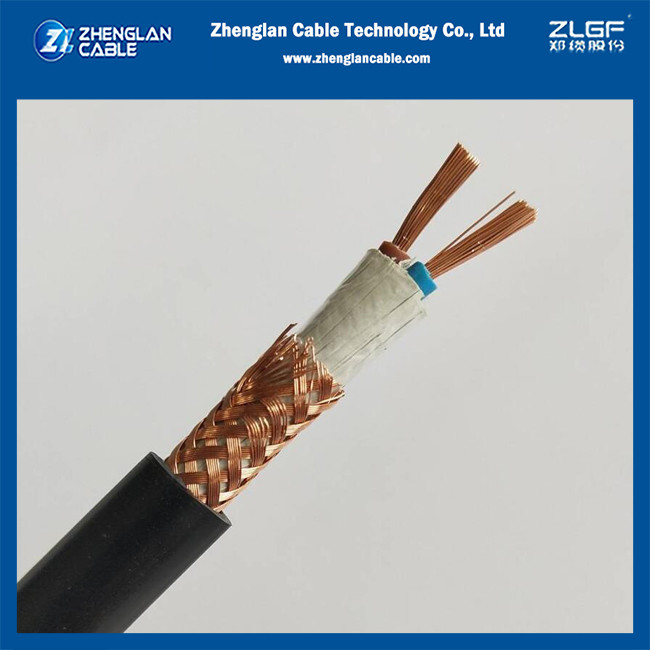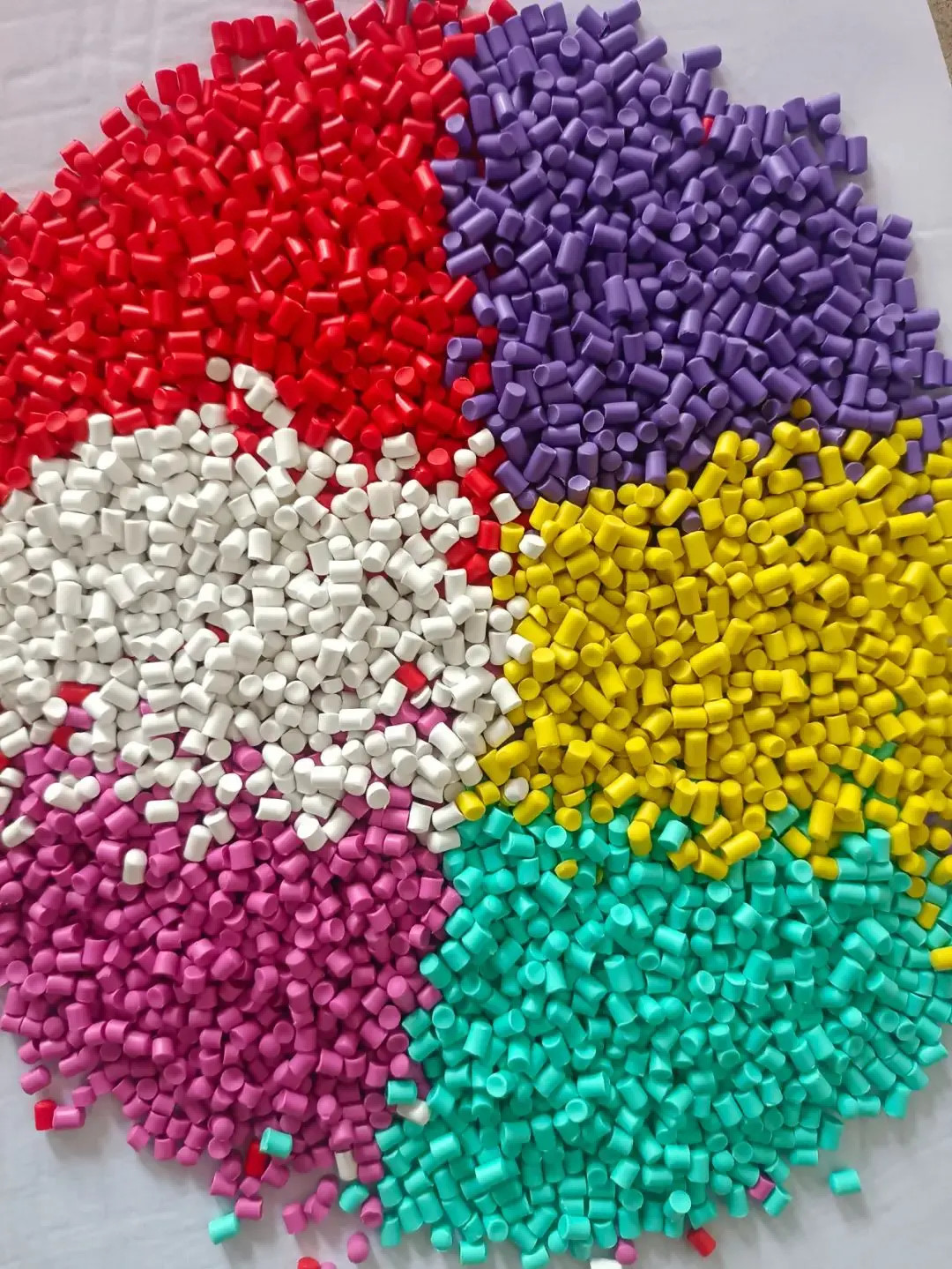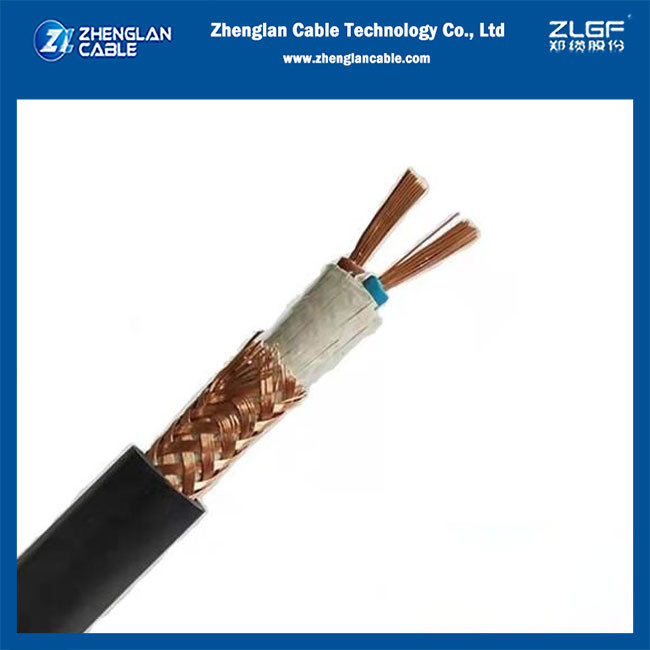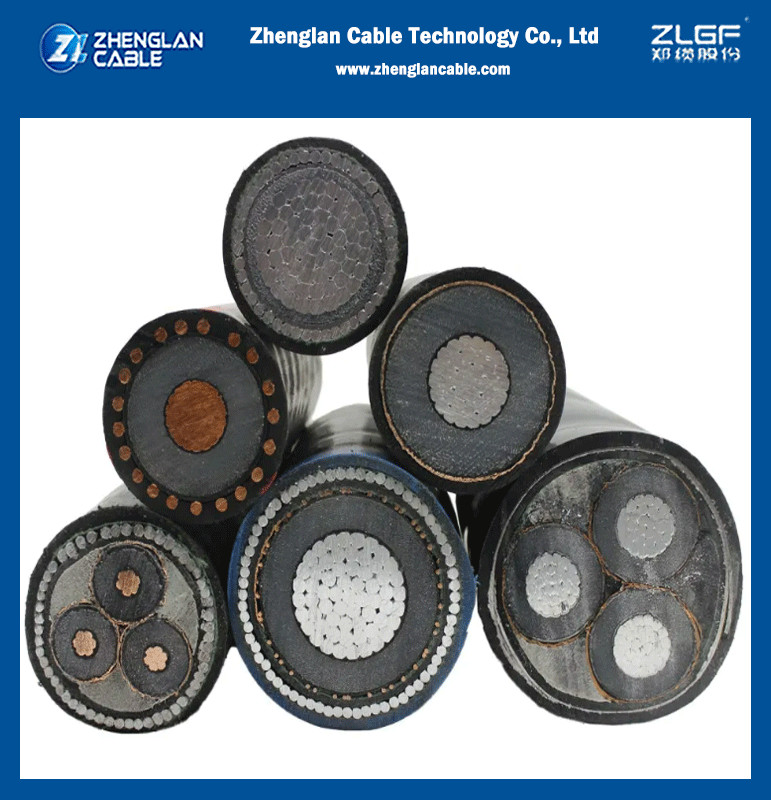1.1 The selection of cable insulation type shall comply with the following provisions:
1 Under the operating voltage, working current and its characteristics and environmental conditions, the cable insulation characteristics shall not be less than the normal expected service life.
2 It shall be selected based on factors such as operational reliability, ease of construction and maintenance, and the comprehensive economy of the maximum allowable operating temperature and cost.
3 It shall meet the requirements of fire-proof places and shall be conducive to safety.
4 When it is clear that it needs to be coordinated with environmental protection, environmentally friendly cable insulation types shall be selected.
1.2 The selection of insulation types for commonly used cables shall comply with the following provisions:
1 The selection of insulation types for medium and low voltage cables shall comply with the provisions of Articles 1.3 to 1.7 of this Code. Low voltage cables shall use polyvinyl chloride or cross-linked polyethylene extruded insulation types, and medium voltage cables shall use cross-linked polyethylene insulation types. When it is clear that it needs to be coordinated with environmental protection, polyvinyl chloride insulated cables shall not be used.
2 Cable lines in high-voltage AC systems shall use cross-linked polyethylene insulation types. In areas with more operating experience, self-contained oil-filled cables can be used.
3 For high-voltage direct current transmission cables, non-drip-impregnated paper insulation and self-contained oil-filled types can be selected. When it is necessary to increase the transmission capacity, it is advisable to select a type constructed with semi-synthetic paper materials. Ordinary cross-linked polyethylene cables should not be used for direct current transmission systems.
1.3 For mobile electrical equipment and other circuits that are often bent or have high flexibility requirements, rubber insulation and other cables should be used.
1.4 In places where radiation is applied, cables with radiation irradiation strength such as cross-linked polyethylene or EPDM insulation should be selected according to the requirements of the insulation type.
1.5 In places with high temperatures above 60°C, heat-resistant cables such as heat-resistant polyvinyl chloride, cross-linked polyethylene or EPDM insulation should be selected according to the requirements of the high temperature, its duration and the insulation type; in high-temperature environments above 100°C, mineral insulated cables should be selected. Ordinary polyvinyl chloride insulated cables should not be used in high-temperature places.
1.6 In low-temperature environments below -15°C, cross-linked polyethylene, polyethylene insulation, and cold-resistant rubber insulation cables should be selected according to the low-temperature conditions and insulation type requirements. Polyvinyl chloride insulated cables should not be used in low-temperature environments.
1.7 In crowded public facilities and places with low-toxic flame retardancy and fire protection requirements, cross-linked polyethylene or ethylene-propylene rubber and other halogen-free insulated cables can be used. When low toxicity is required for fire protection, polyvinyl chloride cables should not be used.
1.8 Except for the cases required by Articles 1.5 to 1.7 of this Code, polyvinyl chloride insulated cables can be used for circuits below 6kV.
1.9 For 6kV important circuits or cross-linked polyethylene cables above 6kV, the type with the characteristics of inner and outer semi-conductive and insulating layers co-extrusion process should be selected.
The difference between polyethylene, polyvinyl chloride, cross-linked polyethylene, and ethylene-propylene rubber materials:
The difference between the four materials
1. Polyethylene. English abbreviation PE, it is a polymer of ethylene, non-toxic. Easy to color, good chemical stability, cold resistance, radiation resistance, and good electrical insulation.
2. Polyvinyl chloride. English abbreviation PVC, it is a polymer of vinyl chloride. It has good chemical stability and is resistant to acids, alkalis, and some chemicals. It is resistant to moisture, aging, and flame retardant. The temperature when it is used cannot exceed 60°C (polyvinyl chloride will release toxic HCl smoke when burning), and it will harden at low temperatures. Polyvinyl chloride is divided into soft plastics and hard plastics.
3. Cross-linked polyethylene. XLPE in English is an important technology to improve the performance of PE. PE modified by cross-linking can greatly improve its performance, not only significantly improving the mechanical properties, environmental stress cracking resistance, chemical corrosion resistance, creep resistance, and electrical properties of PE, but also significantly improving the temperature resistance level, which can increase the heat resistance temperature of PE from 70°C to above 90°C, thereby greatly broadening the application range of PE. At present, cross-linked polyethylene (XLPE) has been widely used in pipes, films, wire and cable materials, and foam products.
4. Ethylene propylene rubber (EPR). The full name is cross-linked ethylene-propylene rubber, which has oxygen resistance, ozone resistance and partial discharge stability; the dielectric loss factor is large, so it is only used in power cable lines with voltage levels below 138kV. Due to the good water resistance of EPDM, EPDM cables are suitable for submarine cables, and because EPDM has good softness, it is more suitable for laying in mines and ships.

 Your message must be between 20-3,000 characters!
Your message must be between 20-3,000 characters! Please check your E-mail!
Please check your E-mail!  Your message must be between 20-3,000 characters!
Your message must be between 20-3,000 characters! Please check your E-mail!
Please check your E-mail! 







